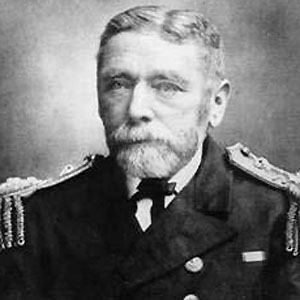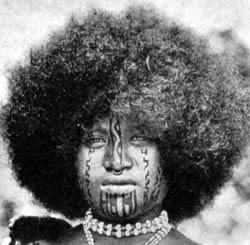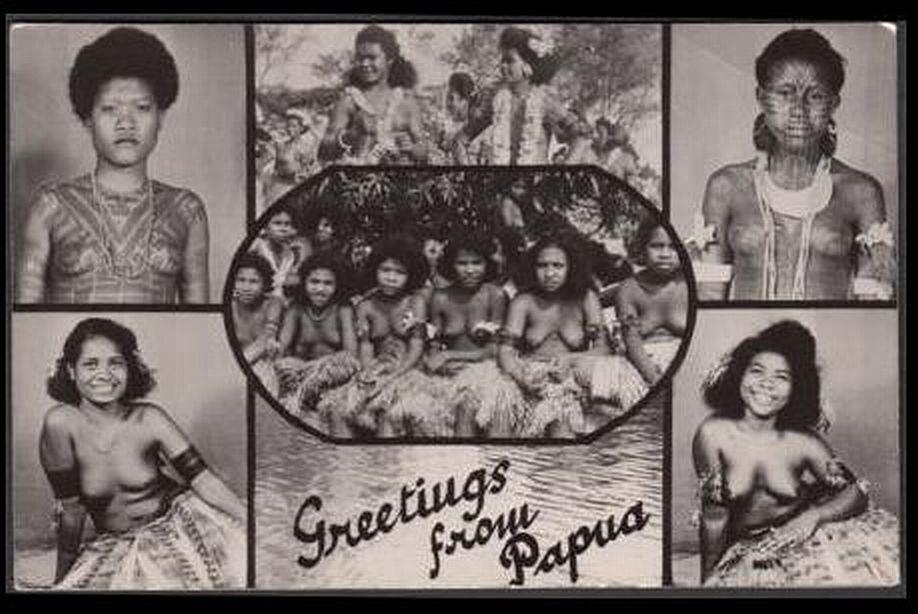Yesterday . . .
Captain John Moresby, commander of HMS Basilisk, sailed into a harbour on the shores of the Gulf of Papua on the south-eastern coast of the Papuan Peninsula at 10.00am on 20 February 1873. He proudly named the two harbours he sailed into after his father Admiral Sir Fairfax Moresby.
Captain Moresby’s exploration of Papua New Guinea in the three-masted paddle-steamers lasted until 1874, after which he retired to a desk job at the Admiralty, London. Perhaps his greatest achievement, apart from the ‘discovery’ of Port Moresby, was his survey of 1.200 miles of New Guinea coastline and the finding of the China Strait at the eastern end of Papua.[i]
The colonial headquarters for Britain was established at Hanuabada from 1884 – 1906 and Australia from 1906 – 1975.
The Japanese bombed Port Moresby repeatedly in 1942. At the start of World War 11 American General Douglas MacArthur, overall commander of the Allied forces, made his headquarters at Port Moresby for a time. Most Motu and Koitabu men were enlisted as carriers, labourers, clerks or medical orderlies. The women and children moved to safety at villages far to the east and west. When the war ended in 1945, the Motu-Koitabu found their villages either destroyed or run down. They built temporary shelters with abandoned war supplies. In the late 1940s, Australia helped them rebuild Hanuabada.
Scientists believe Motu people settled in the area more than 400 years ago. The land may have been vacant  because of its harsh climate and poor soils. The Motu started Pari and Badihagwa villages about 250 years ago and Hanuabada – the great village – 130 years ago. The Motu built houses on stilts over the sea. Bananas, yams and fish were their basic foods. Sago was their main food from November to May, between the yam seasons. The Motu used lakatois (big 2-hulled sailing canoes) to take pots and shells to Gulf to trade for sago and canoe logs. The inland Koitabu people befriended the Motu and traded plants for fish. The Koitabu built Baruni, Kilakila, and Korobosea villages in the coastal hills. They also settled at the edge of Motu villages, and intermarriages brought the two people closer together.
because of its harsh climate and poor soils. The Motu started Pari and Badihagwa villages about 250 years ago and Hanuabada – the great village – 130 years ago. The Motu built houses on stilts over the sea. Bananas, yams and fish were their basic foods. Sago was their main food from November to May, between the yam seasons. The Motu used lakatois (big 2-hulled sailing canoes) to take pots and shells to Gulf to trade for sago and canoe logs. The inland Koitabu people befriended the Motu and traded plants for fish. The Koitabu built Baruni, Kilakila, and Korobosea villages in the coastal hills. They also settled at the edge of Motu villages, and intermarriages brought the two people closer together.
The Badili industrial area was developed in the 1950s, the Hohla, Gordon, and Six Mile areas in the late 1960s. The University of Papua New Guinea opened in 1965. Development of the new national government office centre at Waigani began in the 1970s. Port Moresby had an elected city council from 1971 – to 1980, when the National Cabinet suspended it for financial mismanagement. The council had 21 members representing 7 wards. It ran markets and clinics and upgraded squatter settlements with water supplies, toilets, footpaths and other improvements. In May 1982, Parliament adopted an appointed government system for the National Capital District while alternatives were studied. Since 1991, the National Capital District has been governed by four different combinations of elected and appointed commissioners.
Today . . .
Over recent years Port Moresby has been in a state of transformation from a shanty-city to a modern metropolis. The city now boasts 5-star hotels, shopping malls, quality restaurants, waterfront cafes, modern sporting stadiums, contemporary office blocks, tropical gardens, nature parks and stunning harbours. New housing estates are rapidly replacing the old settlement areas.
It’s an exciting place to be.
Interesting places . . .
National Parliament
Presented to the PNG at Independence by the Australian Government. It was built in the style of a haus tambaran (house of spirits). A most impressive building combining modern and cultural tradition.
National Museum and Art Gallery
Located near the National Parliament the National Museum and Art Gallery was also donated by the Australian Government at independence. This is a must see for anybody with more than a passing interest in the cultural history of PNG. Various displays and exhibitions throughout the year include culture, flora, fauna, geography, ethnology and history of PNG.
Nature Park
This is PNGs only combined botanical and zoological park and garden offering a great opportunity to view numerous native plants, including rare orchids and animals in a safe, tropical and large open space. More than 150 animals are on display including multiple species of trek kangaroos, cassowaries, wallabies, birds of paradise, parrots, pigeons and reptiles.
There is a beautiful café in a tranquil setting surrounded by nature. There is a small admission fee.
Recommended Reading:
Port Moresby: Yesterday and Today
Ian Stuart. Pacific Publications, 1970
Papua New Guinea: People, Politics and History since 1975
Sean Dorney. ABC Books. 1990
Sana: An autobiography of Michael Somare
Michael Somare. Niugini Press. 1975
The Sandline Affair
Sean Dorney ABC Books, 1998
Enemies Within: The Inside Story of the Sandline Crisis
Mary-Louise O'Callaghan. Doubleday, 1999
Sogeri: The School That Helped Shape a Nation
Lance Taylor. Research Publications. 2002
The Embarrassed Colonialist
Sean Dorney. Lowy Institute. 2016
[i] Port Moresby, A Guide to the Capital. Compiled by the Women’s Group of the Australian High Commission, 1968.
Why Trek with Adventure Kokoda
Our primary goal is to lead you safely across the Kokoda Trail and ensure you have an unforgettable wartime historical and cultural experience.
Charlie has led 101 expeditions across the Kokoda Trail over the past 32 years.
He previously served in the Australian Army for 21 years. During this time he saw active service in Vietnam; was assigned to the joint Australian, New Zealand and British (ANZUK) Force in Singapore/ Malaysia from 1970-72, and as an exchange instructor in Airborne Logistics with the United States Army from 1977-78. He is a graduate of the Army Command and Staff College.